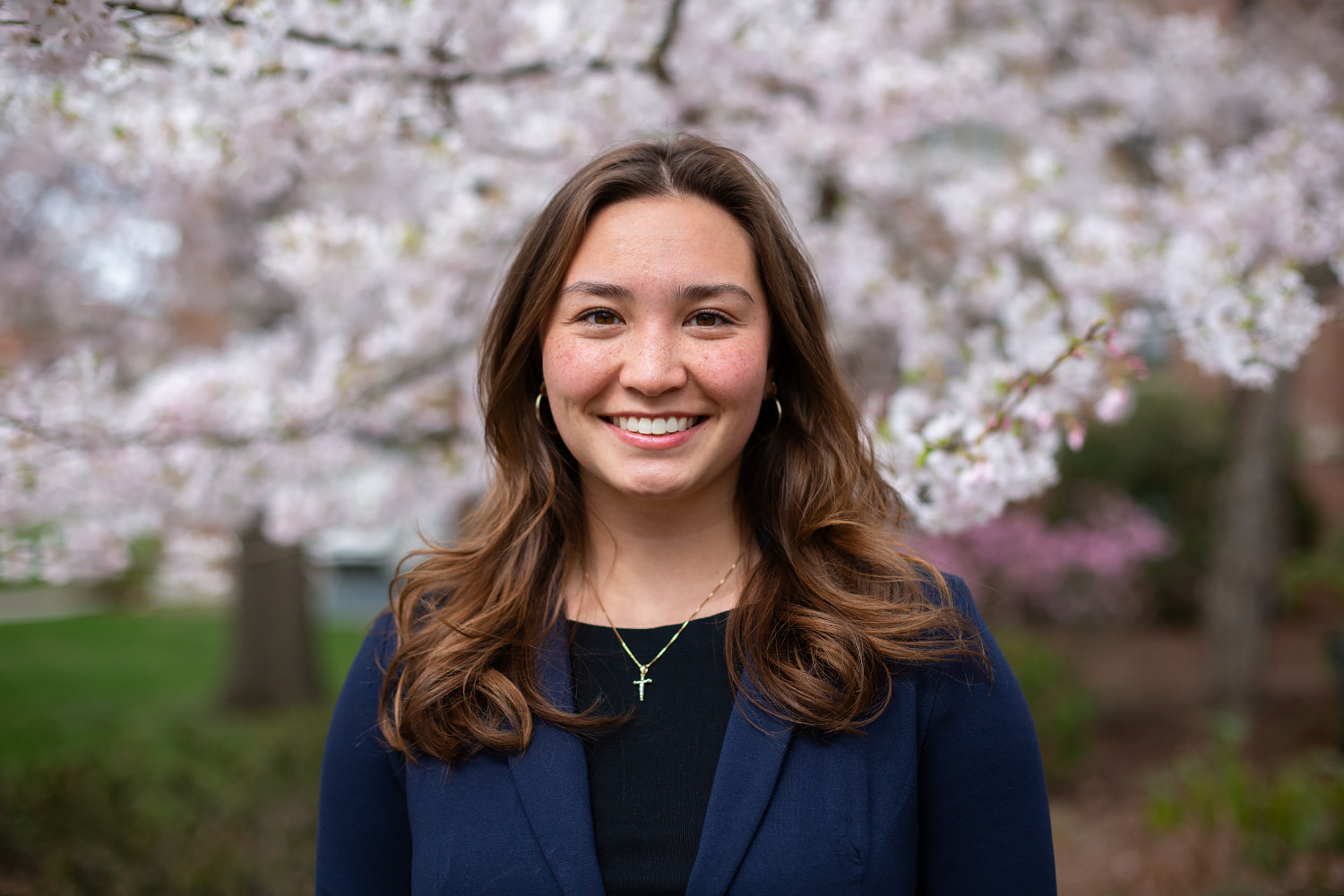
‘The Black Phone’ Director Scott Derrickson on Ethan Hawke’s Serial Killer and His Scary Mask
Logo text
Scott Derrickson’s The Black Phone deals with tough subject matter: A sadistic child killer named the Grabber, played by Ethan Hawke, abducts children, never to be seen again. When he takes his sixth victim, the young boy gets mysterious phone calls from a disconnected phone in the Grabber’s dungeon from the children that have come before.
The Universal and Blumhouse film, in theaters now, is based on a short story of the same name by Joe Hill, Stephen King’s son. “It combined a serial killer story with a ghost story in a single location, which I had never seen before,” Derrickson tells The Hollywood Reporter, remembering the time he picked up the short story in a book store in Los Angeles.
Related Stories
The film also stars Mason Thames, Madeleine McGraw, Jeremy Davies, James Ransone and Miguel Cazarez Mora, and was written by Derrickson and C. Robert Cargill, his frequent collaborator.
In a conversation with THR, Derrickson talks about how he discovered the short story, why he chose Hawke to play the Grabber, and how the iconic mask came to be.
There are light spoilers ahead for The Black Phone.
When did you discover the short story, and what made you want to adapt it?
I discovered the short story the month that was published [in 2007 in the United States]. I had lunch in Los Angeles and walked up to the Skylight bookstore and went into their horror section. There were like five or six books that were there, and 20th Century Ghosts, Joe Hill’s anthology book, was there. I stood there, and I read the first story, which I thought was incredible, called “Best New Horror,” and which I’ve now optioned and have another writer working on. Then I bought the book, took it home, and I read the rest of them and “Black Phone” really jumped out to me as a movie. It was always in the back of my mind. I think I revisited it and I may have even optioned it like five or 10 years ago, thinking I would try to adapt it. I had a feeling like, I’m going to get to that, I’m going to try to do that thing, and then after stepping off of the sequel to Doctor Strange, it just seemed like the right time.
Did you have any trepidation given the subject matter?
No, and it’s because of Joe’s short story. It was taking the most grim subject matter imaginable — a sadistic child killer, and its story about the abduction of his sixth victim or whatever it was, and yet the story did two things. It combined a serial killer story with a ghost story in a single location, which I had never seen before. That was very original. But Joe really writes from the point of view of love. He really writes with great empathy for the characters. He’s not a cynical or mean spirited horror writer. A lot of horror writers are, and Joe’s quite the opposite. So, the grimness of the subject matter, I thought even in the short story, was matched by the empathy and love behind the point of view of the writer.
You and Ethan have collaborated before. How did you know he would be able to take on such a sinister role?
The first thing was Ethan’s voice. I think that a lot of actors have voices that are not in and of themselves highly memorable. His voice is really distinctive. I feel like Hollywood hasn’t made enough use of his voice. Why isn’t he the lead in some great animated movie? His voice doesn’t sound like anybody else’s. And it has a high register that he can speak with very easily and a low register that he can speak with very easily and for the Grabber, he uses both and I knew that he would. So it started with that. But I also felt like Ethan has been really coming into his own now. He’s always been a great actor. He’s always done well, but I just feel like in the last few years— it was like what we saw happen with Matthew McConaughey — he’s just been rising up into another level of expertise in his craft where he’s so fluid and risk-taking and fearless in the way he performs. And I just had a feeling that the Grabber was a role that he could tear up at this particular juncture in his career. I think he read it and felt the same way.
What conversations did you have with the children on set regarding the subject matter?
People always think that you’re dealing in traumatic subjects, in traumatic vibes on a horror set. Horror sets are like Halloween for kids. Halloween is a holiday for children, not adults. Halloween is where you have people running around with knives in their head and blood coming out their throats and skeletal remains spread everywhere and there’s death and murder and mayhem and all the horrible things. And you see Freddy and Jason and Michael Myers everywhere. Kids love it. Horror sets are a lot of fun. I think the only real exception on this movie was probably the domestic violence scene. I just talked to [Madeleine McGraw] ahead of time about it. I had a conversation with her about what that scene was and talked to her about what life was like for me as a child. I lived in a house where you got the belt. That wasn’t an uncommon thing, and that’s the way it was for a lot of kids I grew up with as well. I just told her, “You really have to get there and not just because it physically hurts, but it is emotionally traumatic to have this kind of threat and this kind of anger foisted upon you.” And she was so wonderful. I can talk to her and Mason like adults, they’re such mature actors. And then we were shooting another scene, I think it was the action bullying scene, which was her favorite scene to shoot. She did all her own stunts, and she was just like, “That’s the most fun I’ve ever had shooting anything.” But she came up to me, and she said, “Would it be okay if I took like two minutes by myself before we shoot that scene?” I was like, “Of course Madeleine. Of course, you can take 10 minutes, you can take 20 minutes,” and she goes, “I think I’ll need about two,” which is what we did. The set got really quiet. She went into a room by herself. And then she came out like two minutes later, and then we shot that scene. And she’s breathtakingly good in that scene.
There’s the scene with Ethan sitting shirtless, waiting for Finney. Nothing happens, but so much happens, and it’s very unsettling.
It wasn’t in the short story. We wrote that scene very specifically, even the camera angle, that Finney stops on the stairs and the camera follows through the door and reveals the Grabber sitting on the chair waiting with the belt. And we find out later that this is a game he calls “Naughty Boy,” which is also just really awful. But you know, I wasn’t planning on making him shirtless. That wasn’t in the script. And then when we got to Ethan got to set, he was just in immaculate shape. I was like, “Man, dude, you are really in great shape.” And he just said it kind of as an aside, he goes, “Yeah, I got in really great shape this fall. So you know, if you need anything with my shirt off, I’m fine with it, you know?” And I was like, “As a matter of fact … would you do it? Would you mind doing that scene?” He goes, “No, that’s fine.” It was really the result of Ethan showing up ripped that we did that.
How did the mask concept start and develop?
That was my concept. I don’t think he has any mask in the short story. I don’t remember. In the script, he only has two masks: a devil mask — it’s like an old cracked leather mask that has a smile, and one that has a frown — like a comedy-tragedy mask. After I got Ethan on the movie, I was in pre-production and then I started thinking about two things. One, I thought, “OK, this mask is going to be the way they sell this movie. This mask has to be iconic.” So then I got very nervous, and I spent probably more time working on the mask than anything else in prep. But secondly, I started thinking, “I’ve got Ethan Hawke, don’t you want to see him?” Then I thought, “But the mask is what’s important to the character.” Then I came up with the idea of splitting it up, and what got exciting is thinking, “Oh, if I have three masks like a smile, a frown and no mouth at all, and I break them all in half, where you can wear the top and the bottom, that’s like nine masks altogether.” And then I thought I can have the character choose which mask he wears for very specific emotional reasons. And then the design of the mask became focused around that, looking at the script and thinking, what is he trying to inflict upon Finney in terms of intimidation or fear or vulnerability. I can’t draw at all, and I didn’t have any specific images for the mask — I referenced The Man Who Laughs, the old black and white film. I gave that information to five different companies, one of which was Tom Savini’s company. Tom Savini is a legend in the world of horror effects mass making, and he came back with a sketch that’s basically what’s in the movie. Just one sketch with the three masks broken apart and the exact same expressions. As soon as I saw it, I almost gasped. I was like, “Oh, that’s it.” Then the rest of the time we spent just trying to physically build exactly what he had drawn.
This interview has been edited for length and clarity.











































































